(Get free painting tips and plein air painting techniques sent straight to your inbox or on my social media.)
This article is one of my “how to mix” secondary colors blog posts. If you want to learn how to mix purple, there are a couple of things you need to understand. There are so many kinds of purple as there are oranges and greens, so we need to look at the history of purple. Purple is a staple hue for creating atmospheric perspective and creating dimension in our works.
The history of purple
Let’s look at the history of purple. Purple is not a color taken from the earth, but rather a color made by extracting it from natural resources like berries. One of the first creations of purple was Tyrian Purple. It dates back to the Neolithic period they learned how to mix purple by blending tiny snails with sticks of hematite and manganese powder. It was a labor intensive process. In Ancient Greece, the only ones who could afford the luxury of such a beautiful color were royalty and the wealthy.
In China, rather than using snails from the Mediterranean, ancient Chinese used the purple flower Common Gromwell (Lithospermum) to make their dyes. The purple dye did not take to the fabric well, making it very expensive. The ruler of the Qi state loved purple, and it became incredibly popular during this time, causing the already inflated price to rise even higher.
Ancient China ranked colors in terms of propriety and importance. The primary colors were the most valued, for a long time, purple was not as important as crimson. By the 6th century, however, purple had risen in popularity so that it overtook crimson.
Purple was still the color of the privileged throughout the 18th and 19th century, worn by royalty and members of the aristocracy, as well as the leaders of the church. In the 19th century this began to change. The experimentations of a British chemistry student who was attempting to create synthetic quinine led to the first synthetic aniline dye. This new purple color was named mauveine, or mauve. It became a favorite color of Queen Victoria.
How to mix purple?
So, now to answer the question, how to mix purple? First you have to have a red and a blue. But do you use any red and any blue? Yes and no. If we want a pure vivid purple we will need a red with a blue bias, and a blue with a red bias.
Bias is the leaning, bent, or undertone of a hue. Most every hue has one. Mixing a cadmium deep red with a ultramarine blue will give you a true purple. As will an alizarin crimson and ultramarine or quinacridone rose and cobalt blue. There are many exciting and luxurious shades of purple. So let’s get to playing with our tube colors, making charts and notes and getting familiar with purples. We will take a look at warm purples, cool purples and neutral or dull purples. They all have a place in good art and were often created by old masters in their works to create great atmospheric perspective.
Speaking of atmospheric perspective, I want to encourage all of you to take a moment to observe the colors of sky, the greens in foliage and the color in flowers around you. But not just looking at them and noting them, as being a certain green, blue, yellow or purple. Ask yourself the question if what is around you is warm, cool vivid or muted/greyed color? This is an important question when it applies your location. For example beaches in the Pacific Northwest have a certain look to their colors, often muted and less saturated than, say, a beach in Thailand. The blue of the sky and the color in the water are entirely different. So to paint a Thai beach that feels like tropical Thailand I must find a set of local vivid colors using cool greens, and often cool and hot vivid reds, pinks and warm purples. So consider where you are in the world, what the climate is like, as well as the season and time of day to create accurate colors that accurately depict the location you want to portray in your work.
Examples of purple in different types of paintings
This is a good example of using local tropical color. Note the various purples.
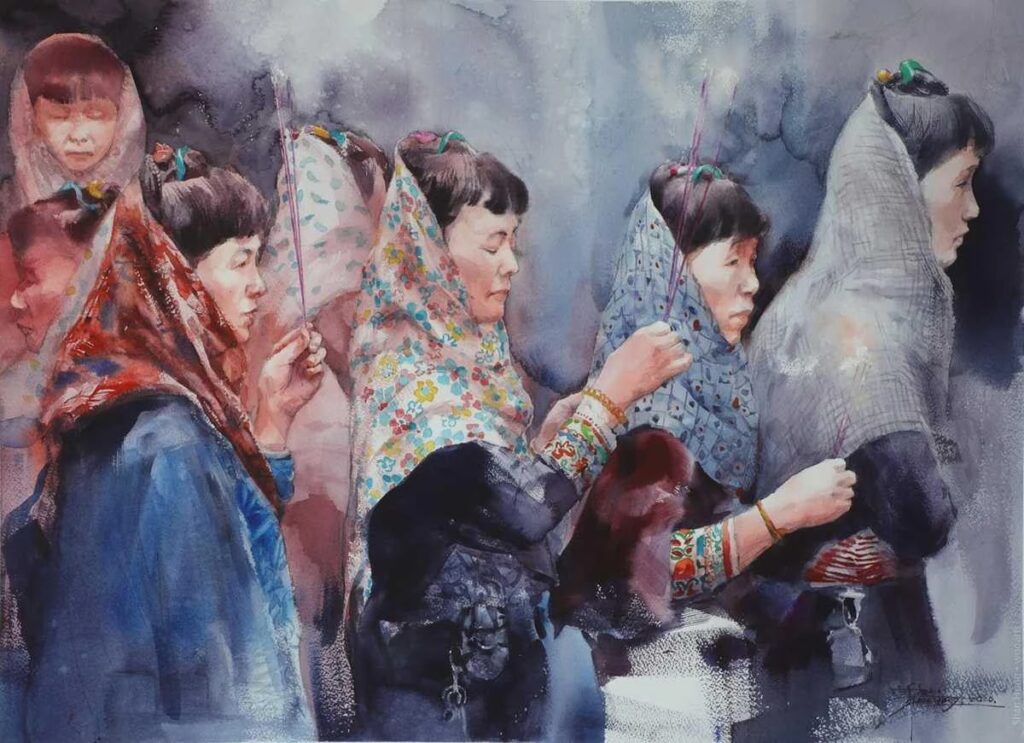
Look at the myriad of purples in this excellent work. Warm, cool vivid and muted hues provide a very cohesive color harmony for this piece.
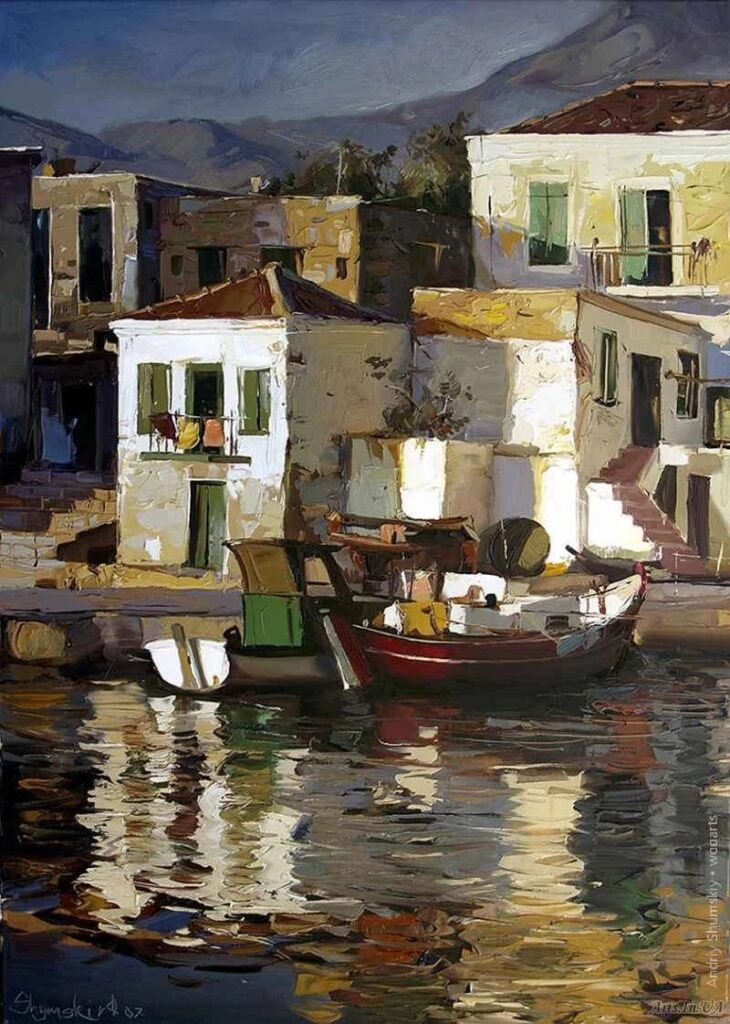
This beautiful piece of work is by Ukrainian painter Andriy Shumskiy. A young painter born in 1977 but very skillful in his use of color. Again make note of the variety of purples and their functions within the painting.
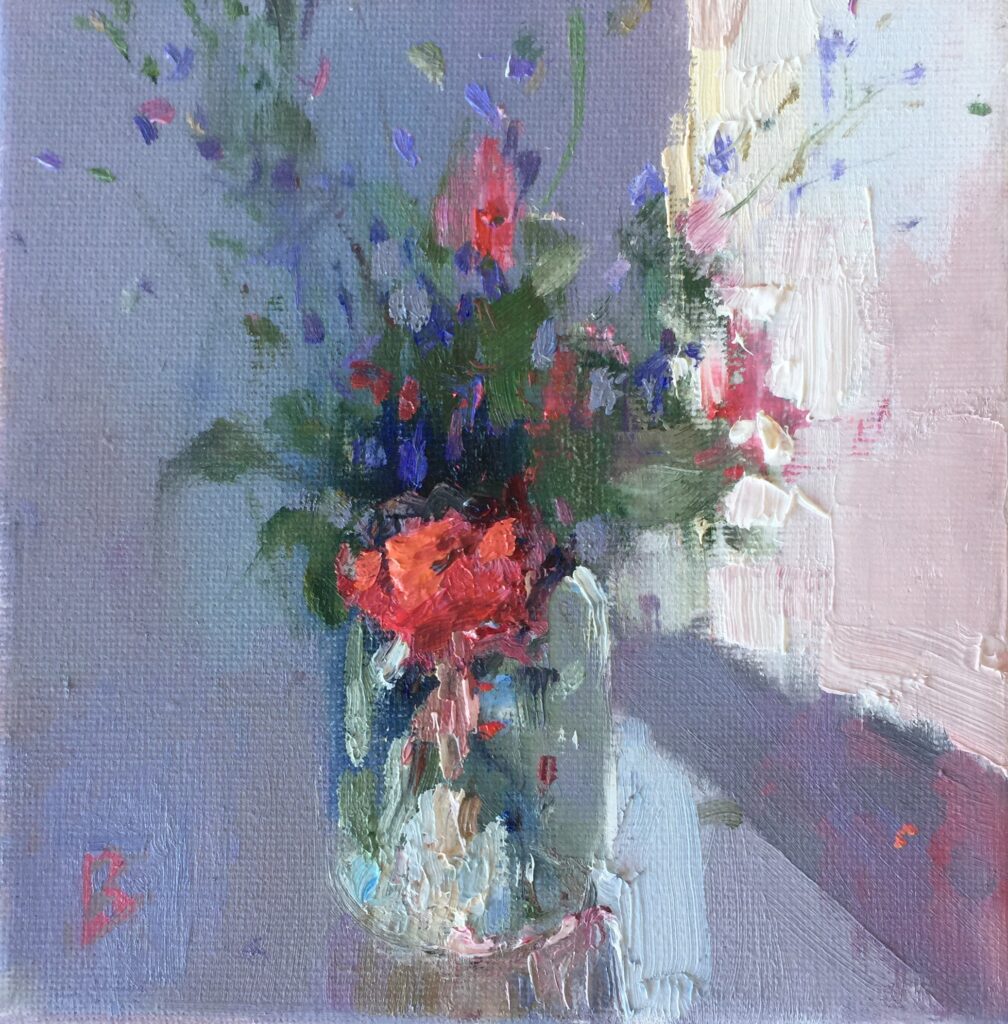
In this beautiful painting by Barry, notice how he has used highly saturated purples for the flowers, and less saturated colors for the background. It really makes the painting pop.
How to mix purple
Now on to the business of making purple, and the practice of learning how to get the purple you need for the purpose you want in your work.
Here are some color charts you can create yourself to become familiar with mixing purple. Try using other reds and blues to make more kinds of purple.

These are more greyed purples, several have low saturation and are closer to neutral.

A big thanks to a Virtual Art Academy student for creating these lovely charts.
I hope this article on how to mix purple has been helpful. Happy mixing!
Thank You
Thank you for taking the time to read this article. I hope you find it useful. If you would like to get free painting tips by email, please sign up for my free tips newsletter.
If you are interested in a structured approach for learning how to paint, take a look at my online painting classes.
Happy painting!
Barry John Raybould
Virtual Art Academy
What The Students Are Saying
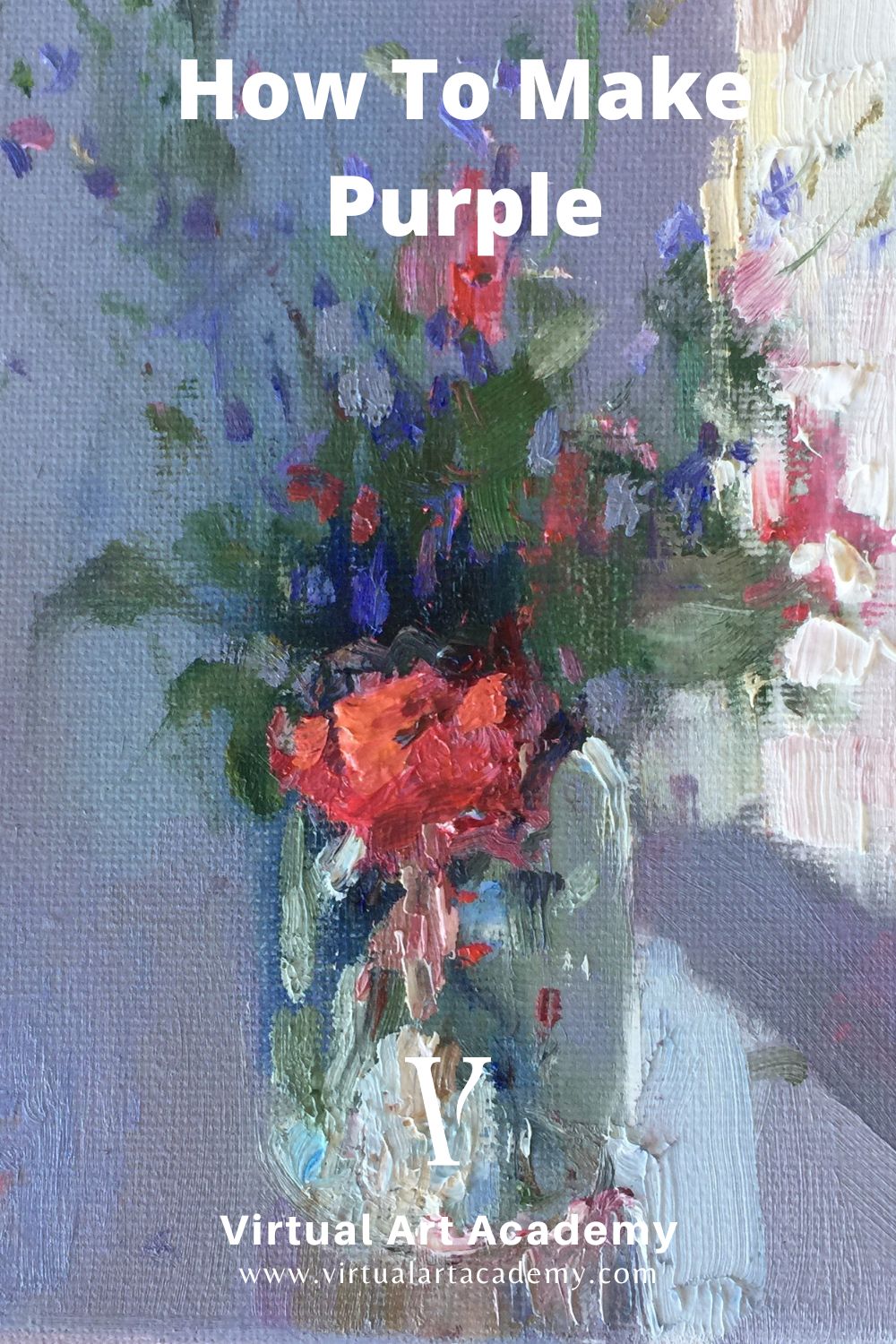
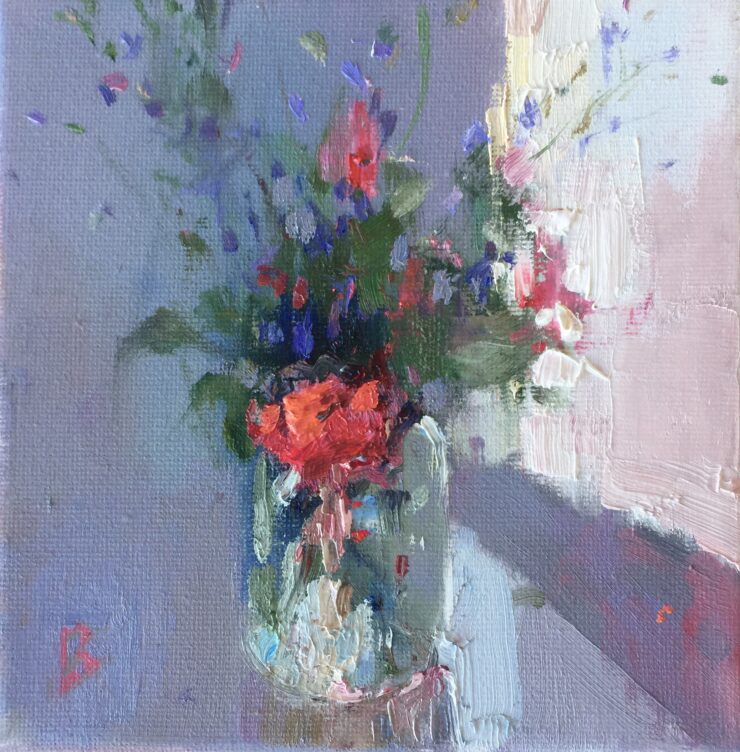
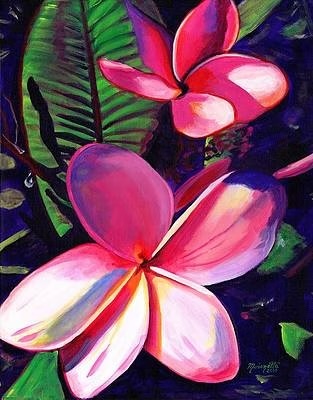







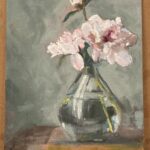
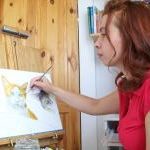















Add comment